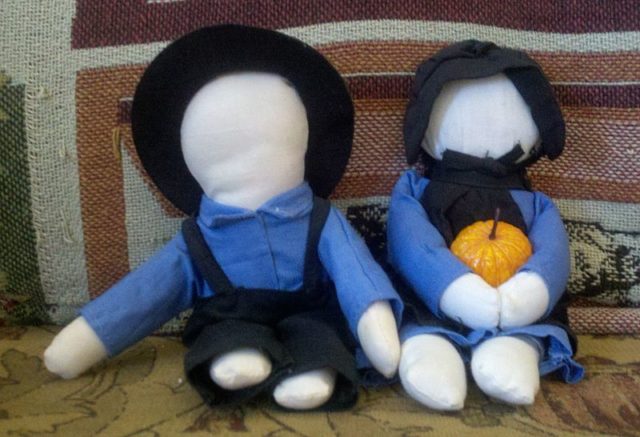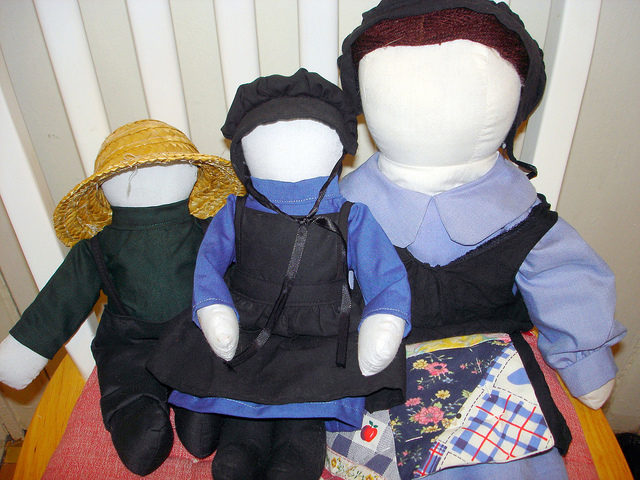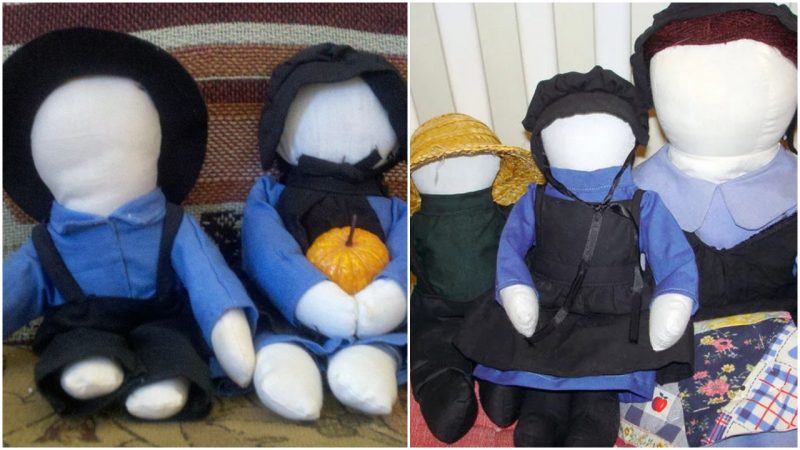Famous for their simple way of life, which excludes many features of modern society, the Amish people continue being an enigma to the vast majority of the non-Amish world.
From their language and beliefs to the way they dress and behave, everything is both different and fascinating about the Amish and their culture.
A Swiss Anabaptist named Jacob Amman is the man responsible for the founding of the movement during the 16th century Reformation in Europe, when the Amish split from the Mennonites because of Amman’s insistence on a stricter way of life.
Severely persecuted throughout Europe, the Amish, like many Europeans of the time, decided to emigrate to North America in hope of a better life and, most importantly for them, religious freedom. Attracted by William Penn’s promise of religious freedom, the first people of Amish faith settled in what would later become known as Pennsylvania. The number of settlements has grown over the centuries, and today there are over 250,000 Amish people in America and Canada.

The most important social unit among the Amish people is the family. Unlike the majority of American families that typically have one or two children, Amish families average 7 to 8 children, which means that the Amish population doubles every 20 years.
Unlike most of the rest of the world, the Amish avoid technology. Most forms of electricity (the Amish avoid using the public electric grid) and modern society’s machinery are not acceptable for them. They believe that avoiding public electricity is important in the process of maintaining a separation from the rest of the world.
Instead of automobiles, they use horse carriages for transportation. Even the toys the Amish kids play with are different and strange: the Amish children play with dolls that have no face. Here is the story behind this rather strange Amish trait.
The dolls are usually made from old, worn-out clothes. They have the body of a human, but there is no face drawn on them. The reason behind the dolls’ facelessness is the Amish theory that everyone is the same in the eyes of God.
The dolls are dressed similarly to the Amish children, both male and female. Although there are various stories about the history of this unusual Amish trait, most historians agree that its roots lay deep in the Amish religious tradition.
According to one of those stories, the Amish doll-making tradition began when an Amish girl was given a doll by her teacher as a Christmas present. When she brought it home, her father replaced the head with stuffed stockings, telling her that “only God can make people,” and thus the faceless Amish doll was born.

Amish dolls can be best described as plain rag dolls. They are used by both boys and girls, as Amish children don’t have many toys.
Amish kids are also seen wrapping wooden logs in blankets and pretending they’re dolls. In the past, the dolls were stuffed with rags, but nowadays cotton and polyester are often used as stuffings. In the past, the dolls were not washed, and when they got dirty, a new layer of cloth would be wrapped around them.

The dolls are sewn by hand or with a traditional foot-operated sewing machine. Many antique Amish dolls are considered collectibles, and some have reached prices higher than $1,000.
However, the tourist market for the faceless dolls, considered by many to be a unique form of folk art, has in recent years been invaded by mass-produced dolls made by non-Amish reproducers.
